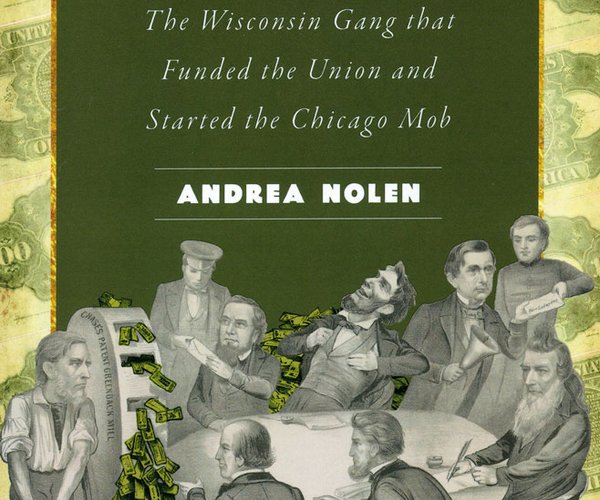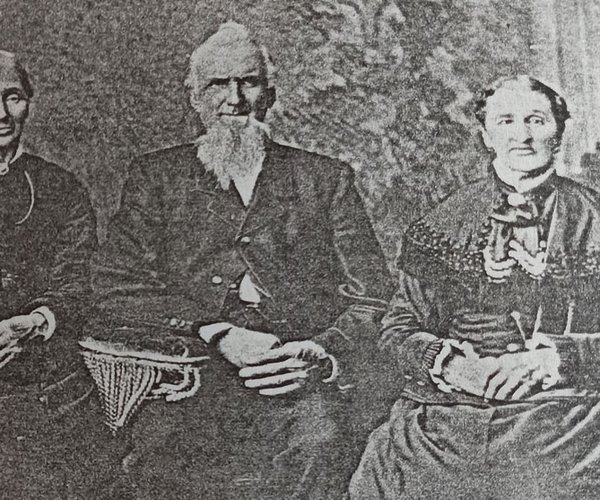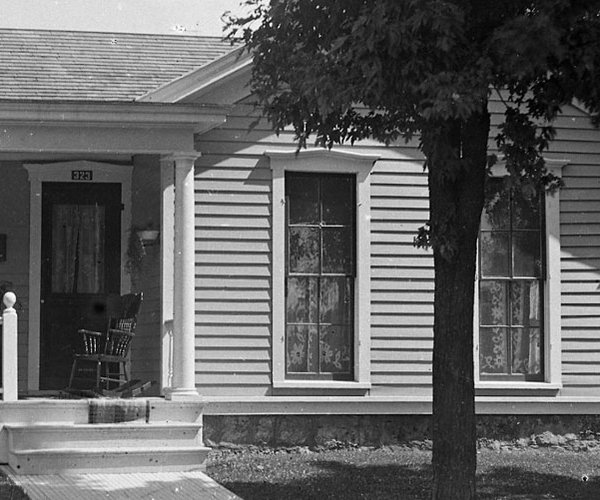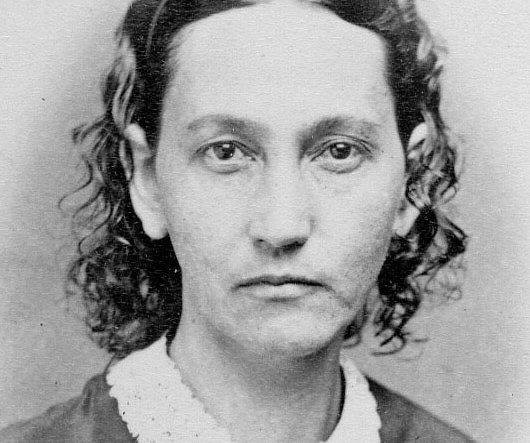Peter Wells purchased property on the west side of the Square on February 9, 1882 from John and Anna Peck for $2,350. This property is now the north 20 feet of the building at 1013 16th Avenue. Peter must have rented out the wooden building on this property for more than 15 years until he was ready to build a brick block. He also purchased a residence on 11th Street about the same time, which had been occupied by Temple Gardner for several years prior to his death in 1879.
In June Wells rented the large new hall above Mack’s machinery and implement store to the Monroe City Guards and was putting it in shape. A wide stairway was put on the east end.
“Peter the Great” purchased the lots along 11th Street, where the parking ramp would be located decades later, for $2,068 on September 30, 1882. This deal had been leaked in the Sentinel a month earlier, where they reported that he planned to erect “a large brick hotel thereon.” A year later he was “putting bricks by the thousand” on these lots. As many of us know, no hotel was ever built at this location.
On March 12, 1884 the Sentinel shared, “Peter Wells has kept remarkably still this year — that is for him — but the fever is on again, and the man who builds is on deck. He is about to construct a two-story brick building on the site of the old red shops,” just east of the north corner of the east side of the square. Wells was already in his 70th year at this time. It was shared later that month that it would be 80 feet deep. One part would be used by Worthington for his livery business, already “leased for three years at $600.” Edward Einbeck was to occupy the first floor of the west part with Fred Shriner’s undertaking store above that. “This will take up the ground now occupied by the old wooden shops between the alley and Fitzgibbons’ brick carriage shops.”


Wells’ property was again a victim of fire when an alarm sounded at 3 a.m. on October 10, 1884. “An incipient blaze kindled by some miscreant in the basement of Peter Wells’ old wooden building, occupied by Roth & Weber, on the east side” of the square. The watchmen had seen the reflection of the blaze in the alley at the rear of the store and promptly alarmed the city. “It was found that a part of the window sash had been broken through and a bunch of shavings and kindling lighted and poked through, falling between barrels of kerosene; two of the barrels had been burned nearly through. Another minute and the old wooden row would’ve gone up in fire and smoke as the steamer is disabled, and the buildings are kindling wood; it would’ve been a disastrous fire.”
Peter purchased the former Baptist Church on December 8, 1884 from Samuel and Rebecca Swan for $187.50. The history of the church and that building will be saved for future columns.
Wells appeared before Justice Luchsinger on March 28, 1885 on the charge of renting a room in one of his buildings for gambling purposes. Wells declared that he had no knowledge of the gambling and was acquitted. He claimed to learn of the gambling when arrests were made the evening before. “Wells says he feels very sore over his arrest, that he has lived in this community for 50 years, and had never played cards in his life — didn’t know one card from another by name, and that he would not rent a building, if he knew it, for any unlawful purpose; it hurt his feelings to be arrested and made the subject of much remark among all the people to his discredit.”
In August, he was having a tin roof put on his large double store on the south side of the Square and a stone gutter laid in front of his buildings on the southeast corner of the Square.
The editor speculated on March 10, 1886 that it was time for Peter Wells to build something. “We have been waiting patiently for Peter Wells to say something about building something this coming season; strange to say, he is unusually quiet. Ten chances to one, however, he is laying low for some purchase or plan; the first thing you’ll hear something drop into his way, and he will open his bank book to pay then for laboring on some projected building.”
It was announced three weeks later that Wells was talking of building a large double store on the side of his two old wooden structures on 16th Avenue, just south of the Square. “Carroll Bros. expect to lease it for their grocery business.”
Unfortunately, there was a fire on 16th Avenue south of the square on the morning of May 13 “in the row of wooden buildings owned by Peter Wells.” The blaze moved so rapidly that “three buildings were destroyed and a fourth badly damaged before the fire department got control of it.” The fire originated in Peter O’Donnel’s barbershop; he lost everything he had. Wells and John Gettings realized the heaviest losses. It would be another year before anything was rebuilt.
From the newspaper clippings it is impossible to determine exactly where Peter was building these buildings. It is known that on July 24, 1882 Peter purchased the south 20 feet of the property where Wing ’n Pond and Everest Nutrition now stand from Riley Carrey for $900. He then purchased the adjoining property to the north on December 31, 1883 for $1,500. He took possession of the barbershop on January 1, but didn’t receive the rest of that property until June 1. Carroll Bros. was later located at 1109 16th Avenue for many years.
More will be shared in the next three columns about the rest of Peter Wells’ contributions to the city of Monroe.
— Matt Figi is a Monroe resident and a local historian. His column will appear periodically on Saturdays in the Times. He can be reached at mfigi48@tds.net or at 608-325-6503.





